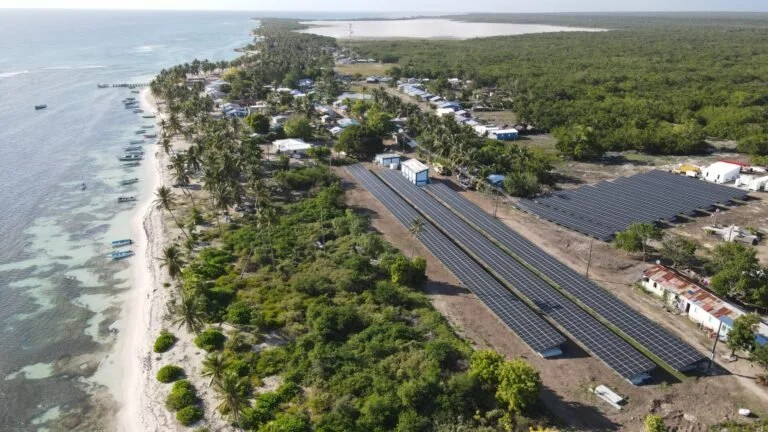The Central Bank of the Dominican Republic (BCRD) released the preliminary results of the Dominican economy as of October 2023 this Friday.
According to the information, the monthly economic activity indicator (IMAE) registered an inter-annual expansion of 3.6% in October 2023, the highest monthly rate of the current year, after having recorded an inter-annual growth of 2.6% in the third quarter of 2023, indicating that the monetary policy transmission mechanism is operating favorably and that the Dominican economy continues its recovery process so that it would be reaching its potential growth rate in the next year 2024 according to the Central Bank’s forecasting system.
The inter-annual growth for October is mainly explained by the performance of hotels, bars and restaurants (9.0%), financial services (6.4%), construction (4.7%), agriculture (4.1%), free trade zone manufacturing (3.4%), commerce (2.8%), local manufacturing (1.5%), among others.
An important aspect to highlight is that construction, a sector with a significant multiplier effect and dragging other economic sectors, exhibits favorable variation rates for the fourth consecutive month, which reflects the effectiveness of the liquidity provision measures with collateral securities implemented by the monetary authorities to accelerate the monetary policy transmission mechanism, as well as the higher execution rate of public capital expenditure concerning the same period of last year and the stabilization in the prices of inputs used in this activity.
It is appropriate to highlight that during the present year, the referred measures have meant loan disbursements for some RD$158,000 million at rates no higher than 9.0% per annum, which, together with the reduction of 125 points in the monetary policy rate, have propitiated a drop in the weighted average of loan interest rates by approximately 200 basis points, which means a more than complete transfer of the monetary policy signal to market rates.
When analyzing the IMAE in accumulated terms, it is observed that it registered an average variation of 1.9% during January-October 2023 concerning the same period of 2022, being hotels, bars, and restaurants with an expansion of 10.8%, the activity of more significant contribution to the growth in the present year, explaining approximately 40.0% of the same.
The growth of the real added value of the Hotels, Bars, and Restaurants activity is mainly explained by the arrival of tourists by air, which amounted to an unprecedented total of 6,554,589 visitors in January-October 2023. It should be noted that considering the reception of 1,696,711 cruise ship passengers by sea in October, the accumulated total of visitors to the country in the first ten months of the year stands at 8.3 million, a historic record according to figures reported by the Ministry of Tourism. It is projected that the total number of visitors, i.e., tourists by air plus cruise ship passengers by sea, will exceed 10 million by the end of 2023, representing foreign exchange earnings for the country of more than US$10,000 million.
Financial intermediation activity showed a year-on-year variation of 6.6% in its real aggregate value in January-October 2023, influenced by the 19.3% year-on-year expansion of credit granted to the private sector in local currency at the end of October 2023, equivalent to an absolute increase ofRD$255,929 million in loans channeled.
An analysis of agricultural activity shows a year-on-year growth of 3.9% in January-October 2023. The sector’s performance is due to the increase in the production of the main items of national consumption, such as bananas, chicken, and eggs. The measures taken by the Government, through the Ministry of Agriculture and its agencies, which have provided technical and financial support to agricultural producers nationwide and guaranteed the country’s food security, have been fundamental to this performance.
Finally, the strength of the macroeconomic fundamentals and the resilience of the productive sectors of the Dominican economy allows it to continue advancing on the path of economic reactivation in a context in which inflation will remain within the target range of 4.0% ± 1.0% over the monetary policy horizon.




















